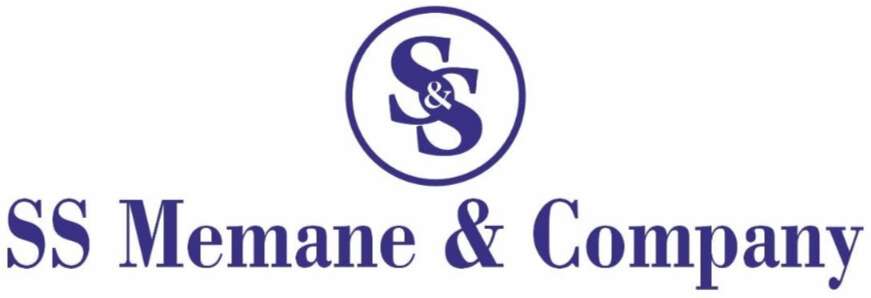Increase Authorized Capital
Quick Contact
Documents Required
- Board Resolution
- Shareholder Resolution
- Notice of Removal
Increase Authorized Capital
Increasing a company’s authorized capital involves raising the maximum amount of capital that the company is allowed to raise through the issuance of shares. This process is typically undertaken to support business expansion, fund new projects, or improve financial stability.
Key Points
Authorized Capital Definition: Authorized capital (or nominal capital) is the maximum amount of capital that a company is authorized to issue to shareholders as per its Memorandum of Association (MOA).
Board and Shareholder Approval: Increasing authorized capital generally requires approval from both the board of directors and the shareholders.
Regulatory Filing: The increase must be reported to the Registrar of Companies (ROC) using specific forms.
Documents Required
Board Resolution:
A resolution passed by the board of directors approving the proposal to increase the authorized capital.
Shareholders’ Resolution:
A resolution passed by shareholders in a general meeting, usually through an ordinary or special resolution, approving the increase in authorized capital.
Updated MOA:
Amended Memorandum of Association (MOA) reflecting the new authorized capital.
Form for ROC Filing:
Form SH-7 (for increasing authorized capital) and other relevant forms as required by the ROC.
Fee Payment:
Payment of the requisite fee for the increase in authorized capital.
Financial Statements:
Latest financial statements, if required, to demonstrate the need for increased capital.
Process
Board Meeting:
Convene a board meeting to discuss and approve the proposal to increase the authorized capital.
Pass a board resolution outlining the proposed increase and the rationale behind it.
Shareholders’ Meeting:
Call a general meeting of shareholders to obtain their approval for the increase in authorized capital.
Pass a resolution (usually a special resolution) to amend the MOA and increase the authorized capital.
Amend MOA:
Prepare and file an amended MOA with the updated authorized capital limits.
Ensure the MOA reflects the new capital structure accurately.
File with ROC:
Submit Form SH-7 and any other required forms to the ROC within the stipulated time frame (usually 30 days from passing the resolution).
Attach the board and shareholder resolutions, updated MOA, and proof of fee payment.
Update Records:
Update the company’s statutory records, including the register of members and the share capital records, to reflect the increase in authorized capital.
Issue New Share Certificates (if applicable):
If new shares are issued as part of the increase, issue new share certificates to shareholders.
ROC Acknowledgment:
Once processed, the ROC will issue a certificate acknowledging the increase in authorized capital. Ensure to keep this certificate for records.
Advantages
Business Expansion: Increased capital enables the company to finance growth initiatives, new projects, or acquisitions.
Improved Financial Health: Additional capital can strengthen the company’s balance sheet and financial stability.
Enhanced Credibility: A higher authorized capital can improve the company’s credibility and attractiveness to investors and lenders.
Disadvantages
Administrative Effort: The process involves significant paperwork and regulatory compliance, which can be time-consuming.
Cost: There may be costs associated with filing fees, legal fees, and updating company documents.
Dilution of Shares: If new shares are issued, existing shareholders may experience dilution of their ownership percentage.
Regulatory Scrutiny: Increased authorized capital might attract additional scrutiny from regulatory authorities.
- Copyright 2024 © SS Memane || Designed By || Mr. Sunil Memane


